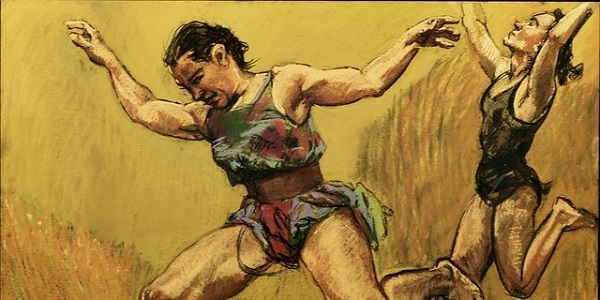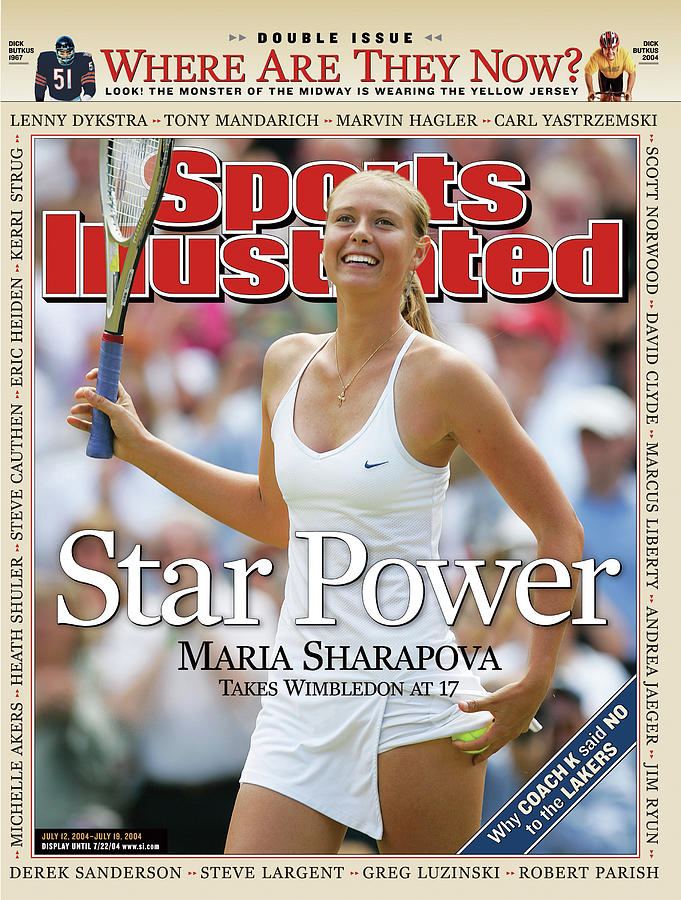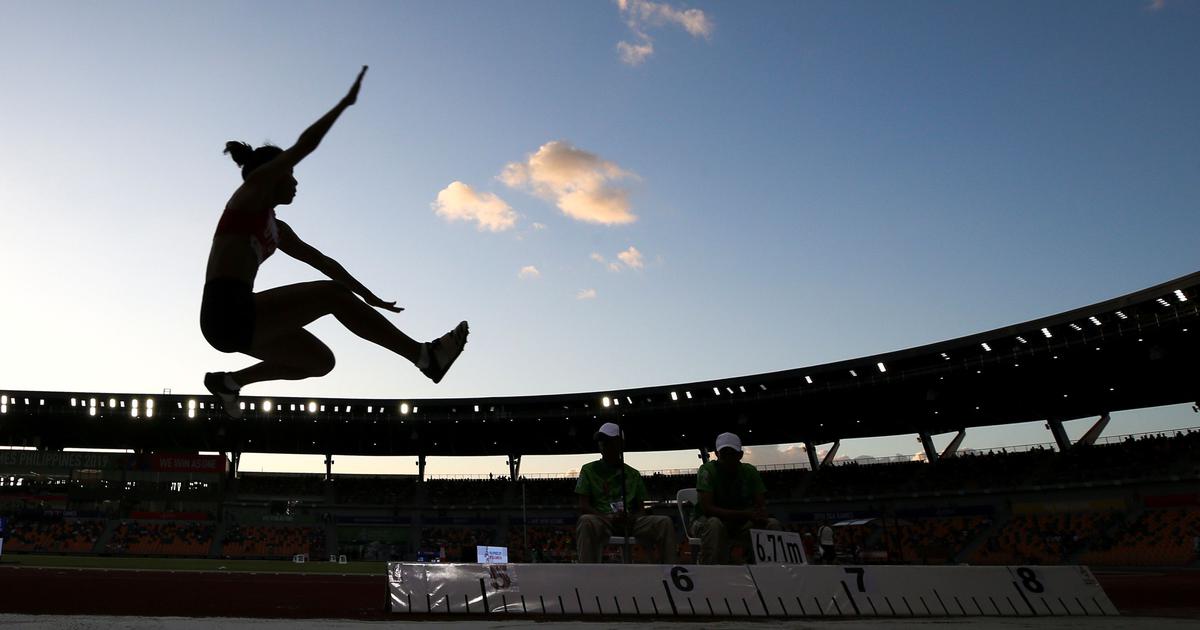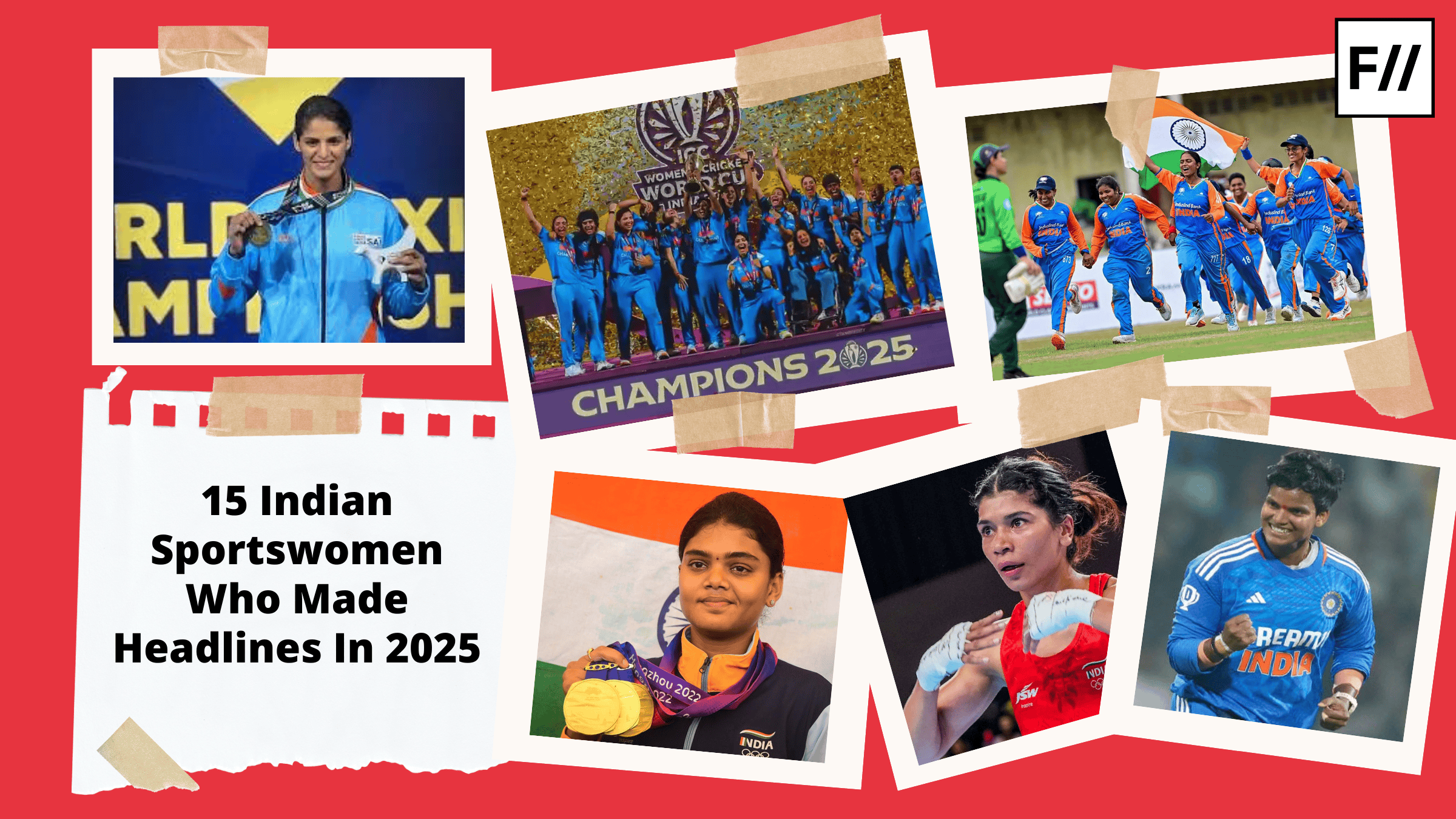The world of sports has been, for the most part, associated with male participation and the ideologies of power, masculinity and aggression. This ‘men’s world’ of sports, has a history of discrimination against women, where under the banner of “frailty”, women were denied participation and were confined to the status of “applauders” for the male athletes. Despite their ever-growing participation in recent times, the ratio of the media coverage of women compared to that of men is disproportionate.
Though the number of female participants in sports is substantial, women’s sports receive very little attention out of all sports coverage. Even within this limited coverage, women are often objectified and the media tends to represent female athletes as women first and athletes second, since for women, being an athlete contradicts the conventional female gender role. Therefore, the media tends to accentuate the aspects of their “femaleness”, and target men as their audience. The media provides the male conscience with what is wanted or rather expected : beautifully proportionate and conditioned bodies posing in erotic ways.
This idea of the appeasement of the male gaze further categorises women athletes into “appealing” or “not appealing”, where falling into the first category gives them more media coverage but not for the right reasons. It is significant to note that the female athletes practicing traditional female sports like figure skating, gymnastic, swimming etc. are highly objectified for their physical appearance.

The rising commercial value of these athletes is being used to associate them to consumer brands, thus sanctioning them better economic status. But, the female athletes involved in sports like weightlifting are overlooked regardless of their skill level. Such disparity in valuation of female athletes further confirms that skill doesn’t sell in women’s sports. Looking feminine and pretty is seemingly an important element to garner acceptance for women in sports.
The media’s sexualisation of female athletes stems from sexist social norms and perpetuation of a patriarchal values. The conventionality regarding a sports woman’s body was introduced as early as in the ancient Olympic games and included aspects like softness, grace and beauty. This conventional presentation of female athletes not only relegates the solemnity and significance of women’s sports but also compels female athletes to become sexualised and passive enough to fit the male conscience.
In a hegemonically masculine society, whilst the success of male athletes is celebrated, the success of female athletes is often exposed to additional dissection. The objectification of women in sports and otherwise isn’t restricted to the sexualisation of their body, it also includes the use of sexist language. “Every language reflects the prejudices of the society in which it is evolved” (Eitzen and Zinn. 2001). Gender – linked language further diminishes and trivialises women in general, as well as in the context of sports
The uniforms of the female athletes are also designed for the male gaze. While men can afford to be comfortable and simply play sports, women must play sports, appear modest and look amazing. As stated in an analysis of the Tokyo 2021 Olympics by a U.S. gender justice company, women are ten times more likely to be objectified with a camera angle than male athletes. Focus of the camera shots on bodily assets of a woman athlete leaves viewers with the lasting memories of her body than the memories of her athleticism.
This affirms the fact that sex and sexuality are used not just to promote the athlete but to ‘sell’ the sport to the viewers worldwide. In June 2021, the Norwegian Women’s beach handball team opposed the requirement of skimpy bikini bottoms and chose to wear shorts.
Additionally, the statement made by the former president of world football’s governing body, FIFA, suggested that female players should wear “tighter shorts” to boost the popularity of the game. The very implication of the statement opens discourse on how the media’s sexualisation grants female athletes more popularity solely by centralising the sex appeal in lieu of athleticism and skill. In sports related reportage, more often than not, the depiction of women serves to focus entirely on stereotypes which emphasise “feminine” bodily features in order to appease the “male gaze”.
Also read: Male Gaze & The Policing Of Sportswomen’s Bodily Autonomy

“Today’s women athletes have become so trendy, she has become sexy”, opines Dorothy Harris, eminent sports researcher. The portrayal of sports women in erotic poses rather than in sportive action on the cover of sports magazines glorify the idea of “sexy” as the prominent quality of female athletes. Maria Sharapova, a renowned “tennis beauty”, was featured on the front cover of the Sports Illustrated magazine’s July 2004 issue.
She was pictured wearing her uniform, with a seductive smile while holding a tennis ball which forces her skirt to rise up high on her upper thigh. Yet another issue of the magazine photographed Anna Kournikova in an off shoulder top, blonde hair flowing, where she hugs a pillow, staring at the reader. Due to such framing of women athletes, women internalise media messages and perceive and value their body in association with the viewer’s perspective. They view themselves as objects or sights to be appreciated by others, and focus on how their body looks rather than what it can do.
Understandably, the media only presents to the public what sells best, and if the audience is predominantly male, stereotypical female bodily and personal features will ultimately lift the sales. What needs to be understood is that as long as the media continues to sexualise female athletes, women in general will remain in a less powerful role. In order to elevate the position of women in sports, we need to acknowledge that female athletes are sportspersons and not just bodies to be objectified
In a hegemonically masculine society, whilst the success of male athletes is celebrated, the success of female athletes is often exposed to additional dissection. The objectification of women in sports and otherwise isn’t restricted to the sexualisation of their body, it also includes the use of sexist language. “Every language reflects the prejudices of the society in which it is evolved” (Eitzen and Zinn. 2001). Gender – linked language further diminishes and trivialises women in general, as well as in the context of sports.
Implications of physical markers underlining the appearance of women, the use of girl or gal when denoting a female athlete over the age of 18 and using a male term are some of the sexist ways that commentators/media incorporate for female athletes. “We would hear comments like, she is really strong, she must be part guy”, Olympian Veronica Bernner said. Perhaps, the most infuriating testimony is the media’s reference to Serena Williams and her sister as “Williams brothers” for their muscled physique.

The policing of femininity is central to women’s sports where they are demeaned for their “unfeminine physique”. An upcoming Bollywood movie Rashmi Rocket starring Tapsee Pannu delves into a similar theme and raises questions on womanhood, what is acceptable or rather natural for women, and who decides these parameters. The movie is a reminder of the diminutive definition of biological sex and gender, thereby shining light on a neglected demography.
In contrast to the tough portrayal of men, the representation of female athletes as overly feminine rather than heroic or physically powerful, yet again, opens discourse on the male gaze that finds pleasure in viewing a woman as better looking and not powerful. This places men’s sports to a higher pedestal and inevitably brings down the importance of women’s sports. This inadequate portrayal not only affects the media but the society as a whole.
The media often claims that female athletes may actually have the power because they are giving them public attention and money for their powerful, beautiful bodies. However, these benefits are merely within the limitations of the patriarchal agencies that organise and dominate society. Such perpetuation can reverse the progress of the first and second waves of feminism, reverting society into an archaic era.
Understandably, the media only presents to the public what sells best, and if the audience is predominantly male, stereotypical female bodily and personal features will ultimately lift the sales. What needs to be understood is that as long as the media continues to sexualise female athletes, women in general will remain in a less powerful role. In order to elevate the position of women in sports, we need to acknowledge that female athletes are sportspersons and not just bodies to be objectified.
Also read: Surge In Domestic Violence After Euro Cup Final: Organised Sports, Hypermasculinity And Aggression
Swati Joshi is an English Literature scholar from Jamia Millia Islamia, New Delhi. She sees people between the lines and pauses. When she is not grooving to Cohen’s music, she is certainly reading his poems. Her research interests lie at the intersection of Feminist Theory, Gender studies, and Postcolonial studies
Featured Image Source: Scroll





The Entire Article is well drafted with informations and the plight of the female athletes is well stated as well … I only have one question in mind …you stated in Second last para “Such perpetuation can reverse the progress of the first and second waves of feminism, reverting society into an archaic era” … I have a doubt regarding the use of archaic era since the archaic era, we see respect given to women as said even in ‘The Second Sex’…pls if you could clarify.